Brodybreaux25
Chameleon Enthusiast
So I have started several breeding colonies of grasshoppers I catch here in southeast Louisiana. I’m attempting to breed what I believe to be Katydids, True Katydids, Forked Tail Bush Katydids, Mischevious Bird Grasshoppers, and Common Coneheads.
I currently use these wild caught species as a staple feeder for my chams. Since they are wild caught I don’t always gutload them like I would with captive bred feeders. But if I do successfully breed my own I loose that benefit of feeding my chams pre-gutloaded highly nutritious wild grasshoppers. So Im curious, what kind of nutritional value does a non-gutloaded captive bred grasshopper have?
And for everyone about to start screaming about the potential dangers of feeding wild caught insects to a Cham, save it. I monitor their health closely and have them tested regularly.
I currently use these wild caught species as a staple feeder for my chams. Since they are wild caught I don’t always gutload them like I would with captive bred feeders. But if I do successfully breed my own I loose that benefit of feeding my chams pre-gutloaded highly nutritious wild grasshoppers. So Im curious, what kind of nutritional value does a non-gutloaded captive bred grasshopper have?
And for everyone about to start screaming about the potential dangers of feeding wild caught insects to a Cham, save it. I monitor their health closely and have them tested regularly.
Attachments
-
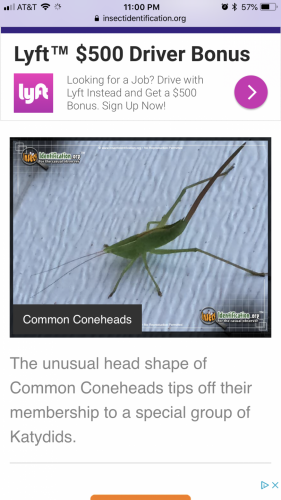 158672F7-5AAE-40E2-9DB4-1F1A1C69F078.png730.5 KB · Views: 282
158672F7-5AAE-40E2-9DB4-1F1A1C69F078.png730.5 KB · Views: 282 -
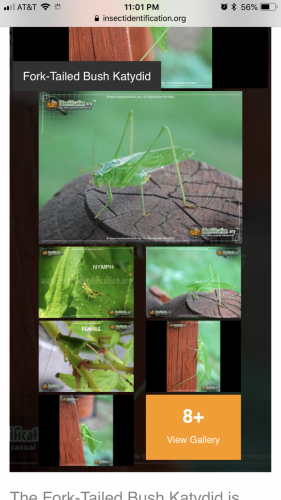 AB4730FF-93B6-4E03-B1A2-8D525B4C3C44.png1 MB · Views: 241
AB4730FF-93B6-4E03-B1A2-8D525B4C3C44.png1 MB · Views: 241 -
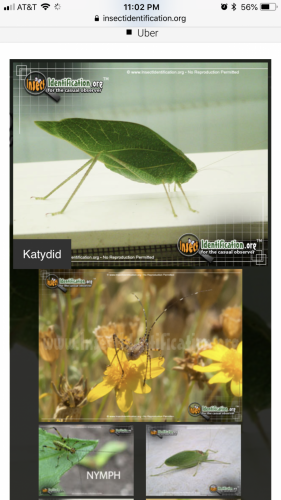 D19CCA20-9171-4B88-A36C-F3E2142052F7.png1.1 MB · Views: 257
D19CCA20-9171-4B88-A36C-F3E2142052F7.png1.1 MB · Views: 257 -
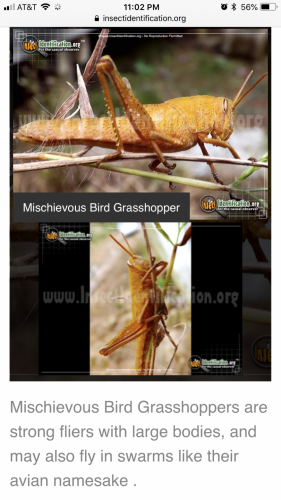 D9AC76F2-06FA-4643-B456-C99C066F1B70.png1 MB · Views: 252
D9AC76F2-06FA-4643-B456-C99C066F1B70.png1 MB · Views: 252 -
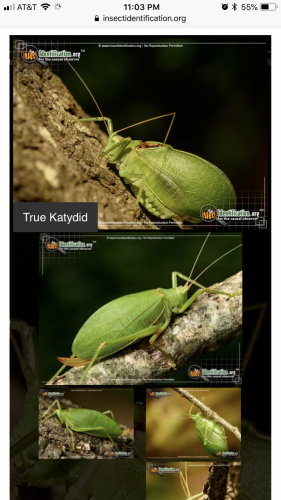 F09A26AC-7477-4EE9-9E7E-44E459876947.png1.2 MB · Views: 242
F09A26AC-7477-4EE9-9E7E-44E459876947.png1.2 MB · Views: 242






